
What the hell is going on? Dissecting the protests
Every event has a motivation – some more obvious than others. So, what is bringing so many millions of people to the streets around the world? It is not simply the death of George Floyd.
While Floyd has now been elevated to the status of martyr, he was not a heroic figure in his lifetime despite the angelic paintings – complete with wings and a halo. In fact, he was a petty criminal with a significant record that would not make a mother proud. That does not mean his death was deserved … or justified in any way. By all accounts, he was the victim of a police murder. He did not deserve to die. He also did not deserve canonization.
It seems pretty clear that Floyd was killed by a willful action of a police officer as three junior officers made only weak and ineffective efforts to stop Officer Derek Chauvin from kneeling on Floyd’s neck as he pleaded, ceased to breath, lost his pulse and died. There is virtually universal belief among the American people that it was a senseless and malicious act of murder. There has been no voice raised in the public forum in defense of Officer Chauvin.
The wheels of American justice are turning. The officers were immediately fired – not just put on administrative leave. All the officers involved have been arrested and indicted for the capital crime of second-degree murder or aiding and abetting a second-degree murder. The prosecution is being led by Minnesota Attorney General Keith Ellison – a black Muslim with radical left-wing leanings.
Rather than inflame public passions, the handling of the case should have quelled the hot edge of anger in the streets. But instead protests grew, anger mounted, and peaceful demonstrations turned into riotous looting, arson, vandalism and murders. It is no small irony that the response to Floyd’s death resulted in the deaths of at least 18 other people and the injury to thousands more.
Under a banner of peace and justice, the homes, businesses and livelihoods of hundreds of thousands of innocent people were unjustly and unpeaceably taken from them.
Granted that the protest commenced relatively peaceably when it was not yet clear if the officers would be held accountable. It is arguable – but not provable – that justice may not have been served had it not been for the initial protests. On the other hand, the videos were very compelling.
But what happened after the arrests is something the historian and social scientists will be dissecting for years to come. It seems obvious that the death of Floyd was the spark that ignited a complex array of issues, causes and passions – many unrelated to what happened on the streets of Minneapolis on May 25, 2020,
The most obvious and understandable propellant for the enlarged protests was a history – both real and perceived – of questionable or inappropriate use of lethal force against black people, as well as the much larger issue of all the non-lethal racist enforcement by police, prosecutors and judges in dealing with mostly young black males. This has been a simmering issue that occasionally — and justifiably – has flared up into civil unrest since the days of slavery.
But even that does not explain why this time the protests are broader, deeper and longer than in the past. Millions of people have taken to the streets in more places – including overseas — for a longer period than ever before. There is a reason for that – and even the wrongful death of Floyd and a documented history of institutional injustice against blacks does not fully explain it. In many ways, the response has been the perfect storm of public angst – the conflagration of many issues. We can examine the more likely secondary factors.
Getting out of the house
Let’s deal with the seemingly least related dynamic – but one that may have had more influence on events than assumed. Covid-19 has kept folks confined to their homes and separated from the rest of humanity even when out in public. The demonstrations gave opportunity – if not full justification – to get out of the house and to assemble with others. Around the world, sympathizers with one cause or another – who might have watched events on television – saw an ability to defy the stay-at-home orders of the doctors and the public officials. It was a similar frustration-bred defiance that led masses of people to defiantly flood the beaches as the weather warmed.
The perma-pissed
The initial protests provided yet another opportunity for those I call the perma-pissed – from old geezer hippies to misguided student idealists – to re-letter their dog-eared anti-American placards and protest whatever. They are the ones who proudly tell reporters their history of protest participation. Protest anything, and you can count on them adding to the crowd.
While they do not represent a majority of the protestors, they get attention to their extremist demands – defund the police, abolish ICE, disband the military. They are the ones most likely to engage in all sorts of ineffective street theater and “occupying” wherever they choose to display their indignation.
The social butterflies
A lot of folks participating in the protests are simply there for the fun – to enjoy the scene, much like a concert, festival or block party. Yes, a block party. Seattle Mayor Jenny Durkan dismissed the illegality of those setting up a pretend autonomous zone in her city – and ransacking the police headquarters — by comparing the revelers to a block party, in a way she is correct. For many, it is more of a social event than a political protest movement – a “festival,” as various media outlets described the scene. There were musical entertainments, food carts and the ambient odor of marijuana. Maybe even a hook up. They are more social than socialists.
The criminal element
If not the largest component of protests, they are the most dramatic. That is the sorry-assed criminals, who see an opportunity to steal … period. These folks are not grabbing a pair of needed shoes but grabbing millions of dollars of merchandise that will be sold on the black market (no pun intended). The worst of them are more the psychopathic who get their kicks from destroying, burning and killing.
Parasitical causes
Other aggrieved Americans jump on the bandwagon to draw attention to their causes – which are remotely associated with the police issue or not associated at all. The #MeToo women are out there demanding equal rights – and even a constitutional amendment. Native Americans and their sympathizers are tearing down statues of Christopher Columbus – with D.C. Mayor Muriel Bowser renewing the call for the Washington Redskins to change their name. Gay rights activists are seen waving the rainbow flag – which they often refer to as their “fag flag.” The anti-gun folks come out to advance their anti-gun agenda as the cure to almost any social ill.
The not-so-useful idiots
Others are the weak-minded who seem to think that any oppression or frustration they feel justifies wanton violence against the property and lives of innocent people as a means of getting attention. They fail to understand that their criminal activities are counterproductive to any cause they purport to support.
The #AntiTrump Resistance Movement
Trump hatred and the unabated shock of his election in 2016 have created an unprecedented ongoing political resistance movement. Whether you attribute it to his behavior or not, it is not engaging in Trump’s propensity for superlatives to say that no President in American history has had an ongoing resistance movement of such determination and magnitude – and so determined to cripple his administration and even remove him from office. The #MeToo Movement took to the streets the day Trump was inaugurated – with a headline in the Washington Post declaring it the first day of his impeachment. The once-labeled “loyal opposition” carried out a three-year bogus conspiracy theory about Trump/Russian collusion. Condemnation of Trump echoed from the voices of protesters in every demonstration and news report.
The role of the media
Having abandoned the high ground of ethical journalism, the elitist New York/Washington media cabal supported, promoted and encouraged the public protest. Its uncritical one-sided reporting gave platform to the most strident of the protests. The violence was minimized and rationalized. It is well documented that intense media exposure exacerbates antisocial behavior. We have seen it with the mass shooters. The media aided and abetted the action on the streets by giving it exposure and unqualified credibility. Any suggestion that the press was simply and objectively reporting the news is self-serving nonsense.
Foreign government influence
Perhaps the most difficult to empirically establish – and yet would be an oversight to disregard – is the influence of foreign actors on the social media platforms. We know that the Russians, Chinese, Iranians and others have used the major social media to negatively impact American political policy. They create all sorts of fake rumors and fraudulent websites to stir the pot of discontent. This influence is also used overseas to promote anti-American sentiment in Europe and Asia.
Globalist influence
In addition to foreign governments, we know that there is a well-funded left-wing network of so-called “globalists” who sow anti-American sentiment in foreign nations. In fact, the Antifa movement was rooted in Europe. George Soros is among a cadre of key funders of anti-government activists in both the United States and Europe. The critical question is: Were those in foreign nations protesting against America or what they perceive as their own domestic oppression and injustice – or a bit of both?
Democrats
This is an election year, and anything the Democratic Party can do to reduce public support for Trump, Republicans or conservatives is on their agenda. The vast majority of the demonstration planners, leaders and participants are … Democrats. They represent the progressive wing of the Party that has gained considerable power in recent years. They want the wrath of the wronged to be redirected from the longtime Democrat leadership that has ruled over the cities — where so much of the oppression and resultant civil unrest has occurred for generations – to the Republicans. Much of what we see in the streets is largely partisan politics.
Summary
While the protests, demonstrations and demands in this latest round of civil unrest have been impressive, what injustices will be identified and remedied? Based on past experiences, we should not be too optimistic. It would be fair to say that they have resulted in slow incremental progress, but so far not fundamental reforms. Most black oppression that exists today is found in the segregated major cities, where blacks – and to a lesser extent, Hispanics – live in institutionally segregated and impoverished communities with a deprivation of education, jobs, housing, healthcare and safe streets. The police departments are only one element in the overall oppression.
For the reasons stated above – and others – we will likely see a continuing discombobulation of civil order until November. After that, it is anyone’s guess
So, there ‘tis.


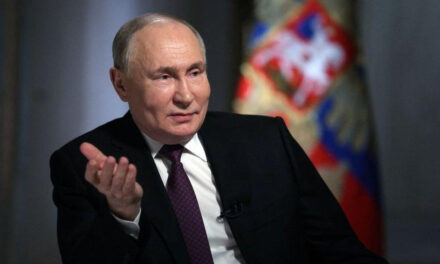
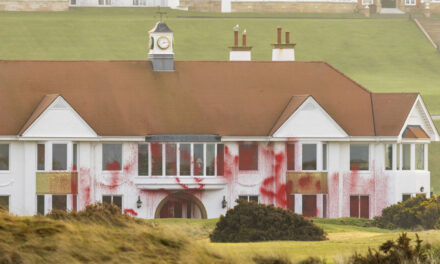









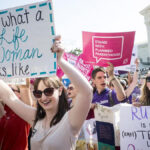
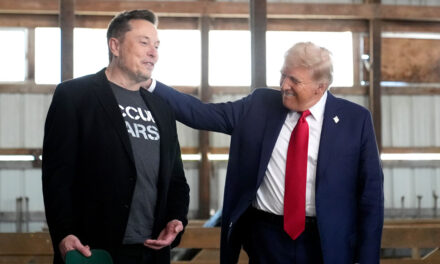
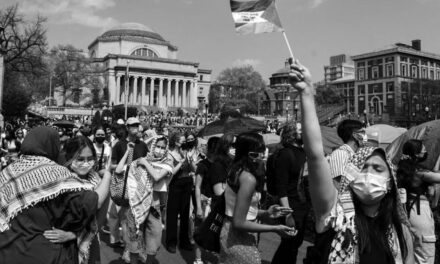




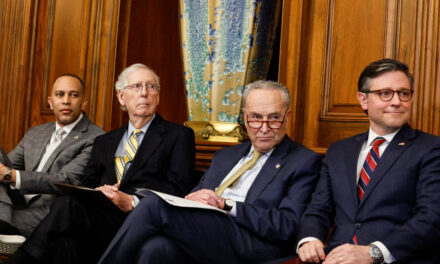
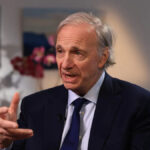



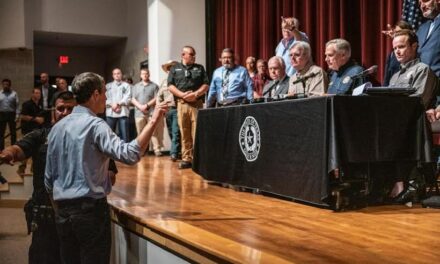

“The social butterflies”.
These morons are what Lenin referred to as “Useful Idiots”; i.e., they provide cover for the real Domestic Terrorists by their inbred stupidity and lack of education on American history; i.e., a product of our failed education system.
The week-kneed congressmen and women clearly have an issue separating peaceful protests from violent and destructive affronts to the community. So where would I go to suggest something to the effect of a bill that halts peaceful protest for a painful period of time in the event that it becomes riotous. Something as simple as that would turn the protestors against the criminal element and help restore order to the whole mess.